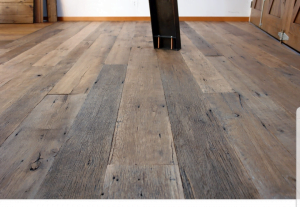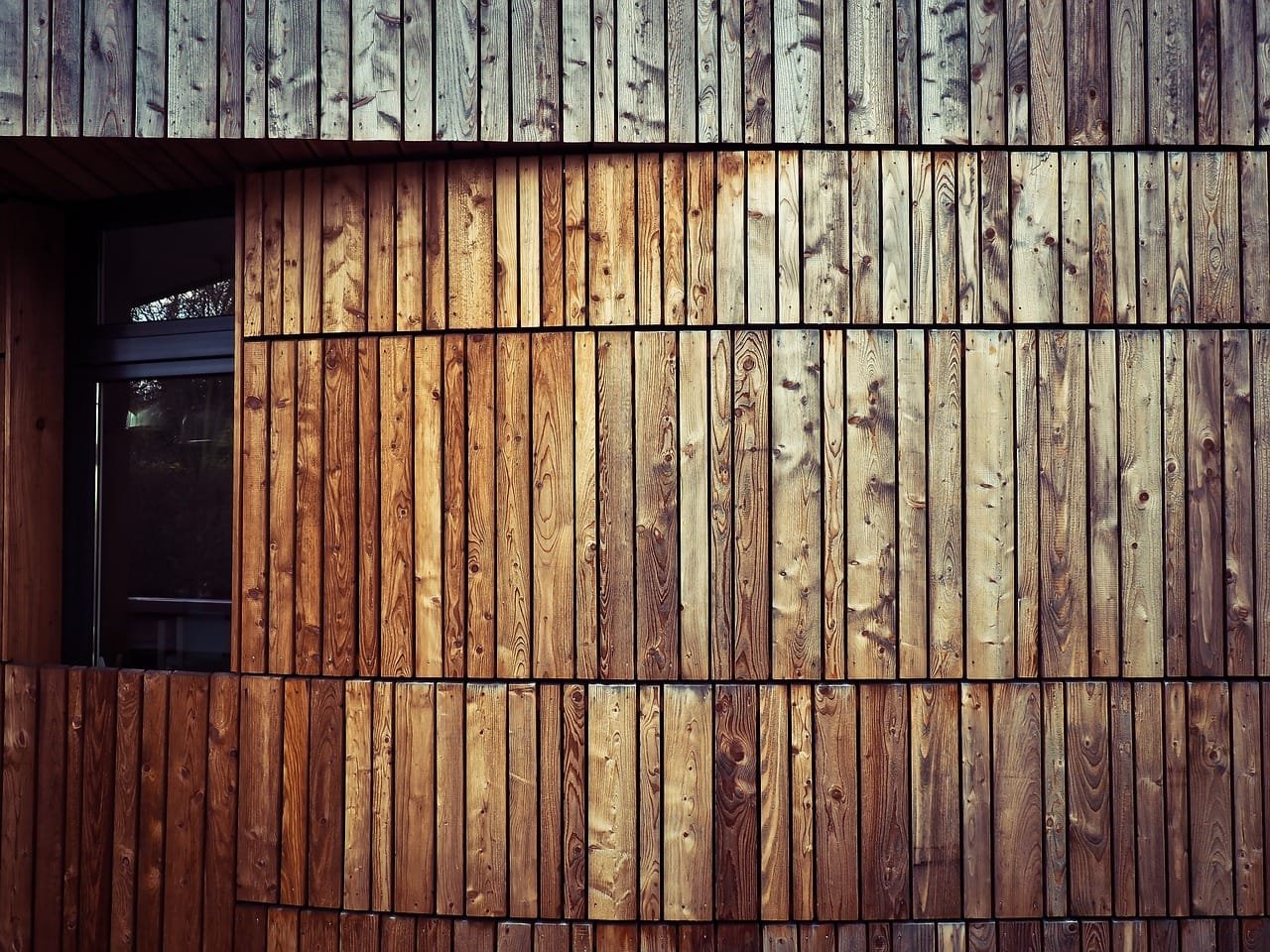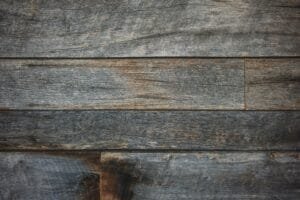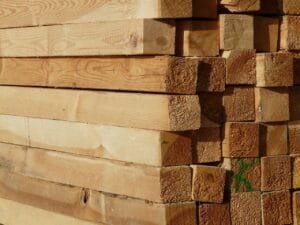
The Art of Matching Reclaimed Floorboards with Period Features
Restoring a period home is as much about sensitivity as it is about style. Every beam, cornice, and doorframe tells a story – and your

When selecting reclaimed wood, durability is a key consideration. Whether you’re installing flooring, crafting furniture, or updating architectural features, selecting the right type of wood ensures your renovation stands the test of time. Here are the most durable types of reclaimed wood to consider for your next project.
White oak is a top contender in terms of durability and strength. Known for its dense grain and resistance to moisture, it’s often used in shipbuilding and barrel-making, testament to its resilience. Reclaimed white oak typically comes from old barns, warehouses, or industrial buildings and features rich character marks like nail holes and weathered patina. It’s ideal for flooring, cabinetry, and exposed beams.
Heart pine comes from the center (heartwood) of the longleaf pine tree, a species that can live for hundreds of years. This wood is incredibly dense and resin-rich, making it naturally resistant to decay and insects. Reclaimed heart pine is often salvaged from textile mills and historic buildings in the American South. Its warm, amber tones and dramatic grain patterns make it a favourite for flooring and wall panelling.
Douglas fir is another durable reclaimed wood often found in older buildings and warehouses. Despite being a softwood, it’s remarkably strong, stable, and wear-resistant. Its straight grain and warm reddish-brown hue make it suitable for both structural and decorative applications. It’s a great choice for exposed beams, ceilings, and even staircases.
Reclaimed teak is prized for its exceptional resistance to moisture, rot, and pests, thanks to its natural oils. Often salvaged from old ships, decking, and tropical buildings, teak remains structurally sound even after decades of exposure. While more expensive, its durability and timeless elegance make it perfect for high-end furniture, bathroom vanities, and outdoor use.
American chestnut was nearly wiped out by blight in the early 20th century, making reclaimed chestnut a rare and valuable material today. It’s relatively lightweight but surprisingly strong, with a coarse texture and distinctive wormholes that add to its rustic appeal. Its scarcity means it’s often used as a statement piece, for feature walls, mantels, or antique-style cabinetry.
Hard maple is known for its exceptional hardness and resistance to wear, making it a popular choice for gym floors and bowling alleys. Reclaimed maple, typically sourced from factories or schools, retains this toughness while adding a layer of vintage character. Its light colour and fine, even grain work well in modern or minimalist interiors.
Walnut isn’t just beautiful, it’s also a durable hardwood that resists shrinking and warping. Reclaimed walnut offers rich, dark tones and elegant grain patterns that lend sophistication to any space. Though softer than oak or maple, its stability and visual appeal make it a favourite for statement furniture, countertops, and accent walls.
When renovating with reclaimed wood, durability is key, not just for practical longevity, but also to preserve the charm and history of the material. White oak and heart pine offer strength and classic appeal, while teak and walnut bring sophistication and moisture resistance. Each type of reclaimed wood has its strengths, so the best choice depends on your design goals and functional needs. With the right selection, reclaimed wood can offer a timeless, eco-friendly foundation for your home renovation that will endure for generations.

Restoring a period home is as much about sensitivity as it is about style. Every beam, cornice, and doorframe tells a story – and your

Choosing the right flooring is about more than just appearance – it’s an investment in your home’s value, durability, and character. Among the most popular

Reclaimed wood floorboards can add incredible character, warmth, and history to any space. But not all reclaimed timber is created equal. If you’re shopping for

Reclaimed wood flooring is more than just an eco-friendly choice – it’s a way to bring history, character and unique stories into your space. When